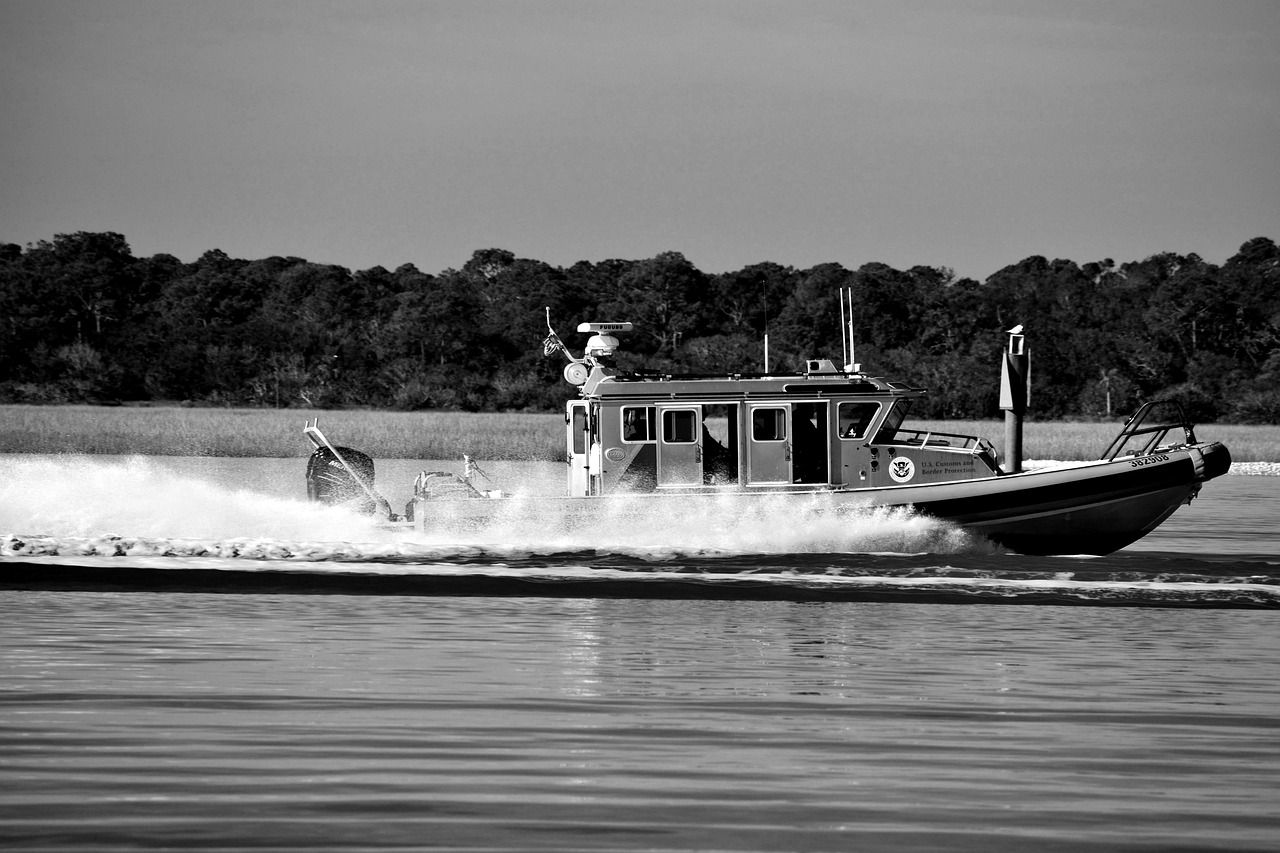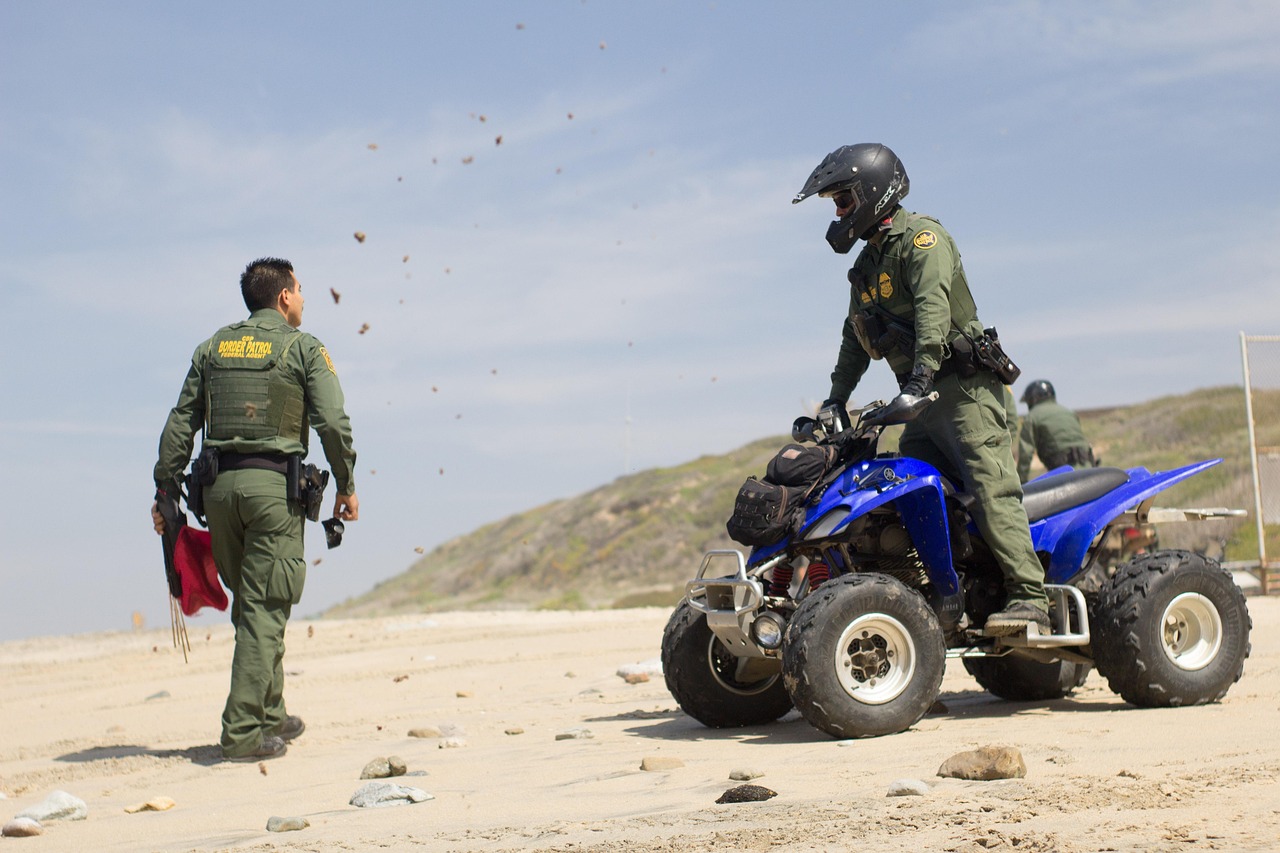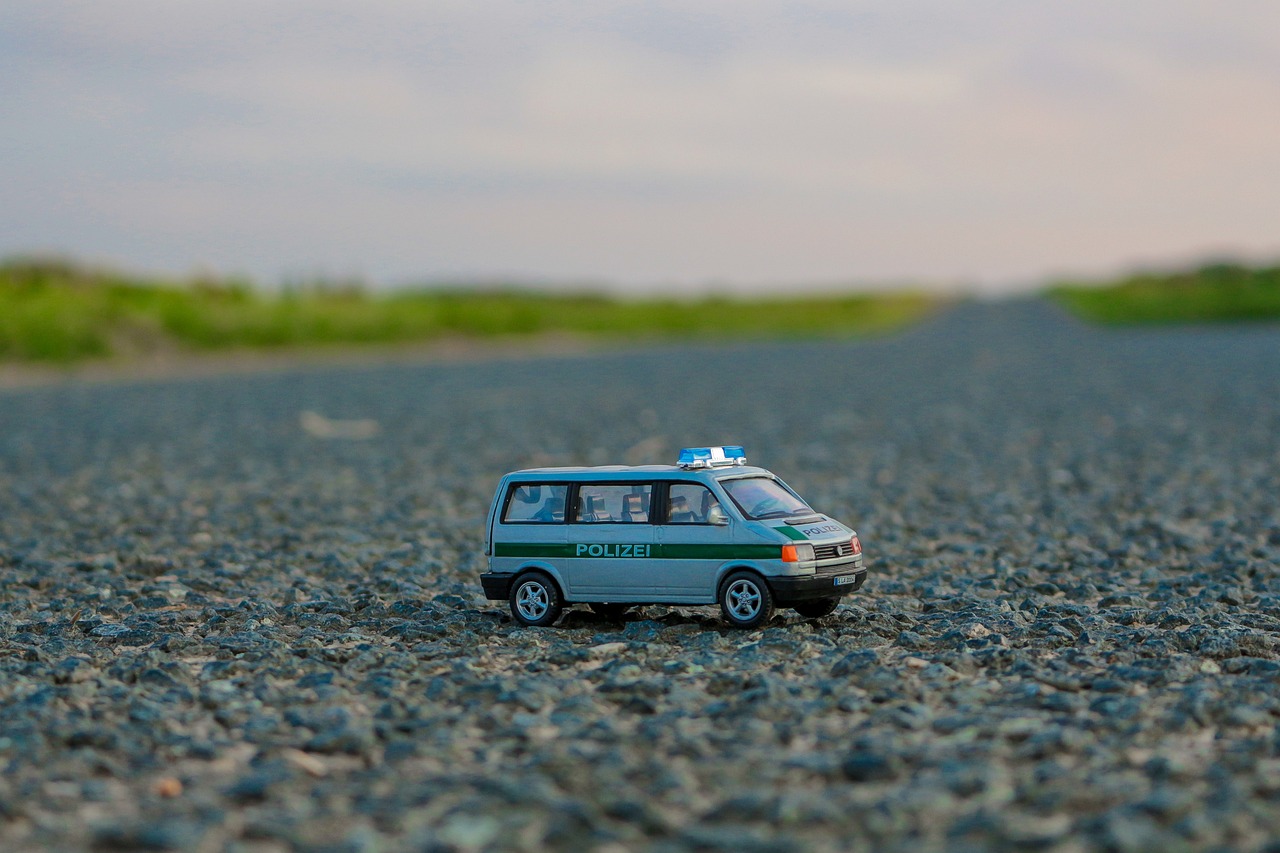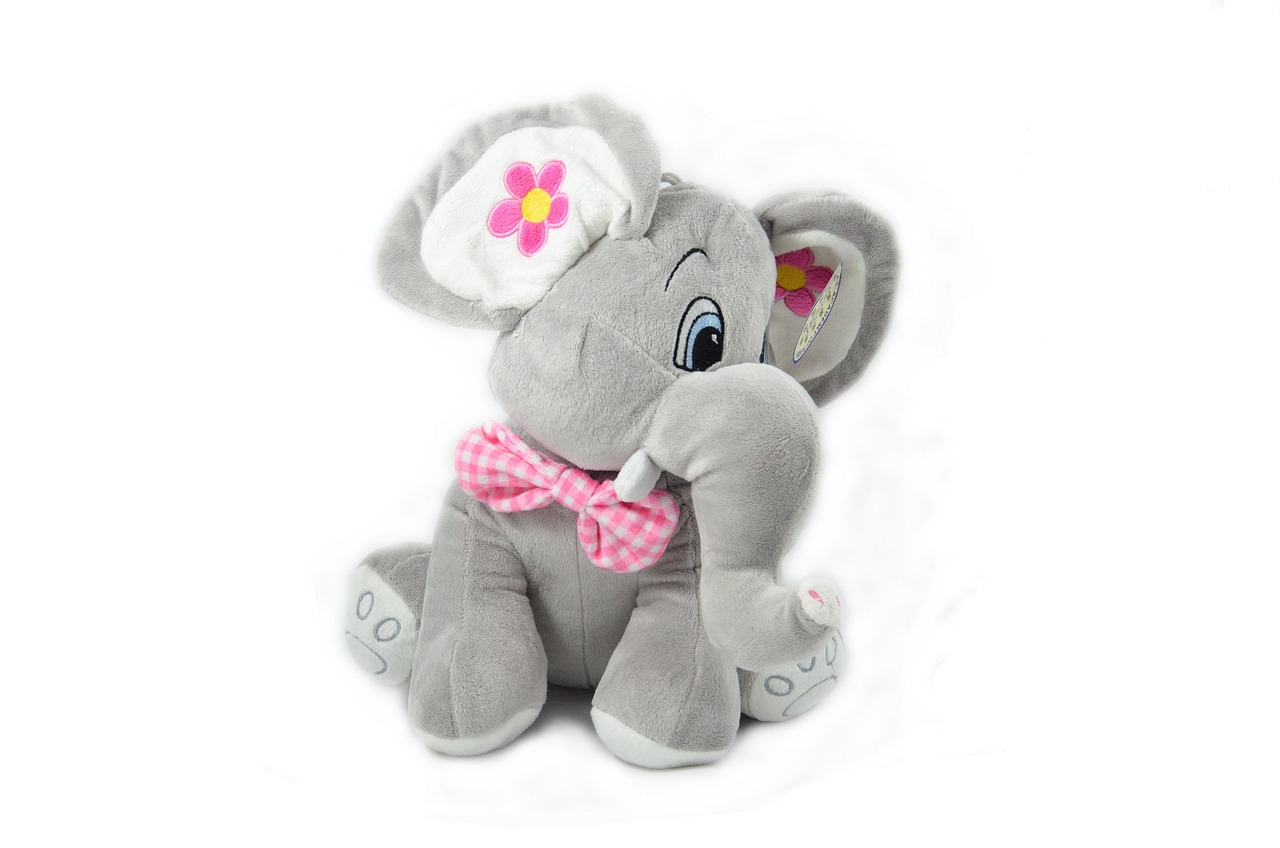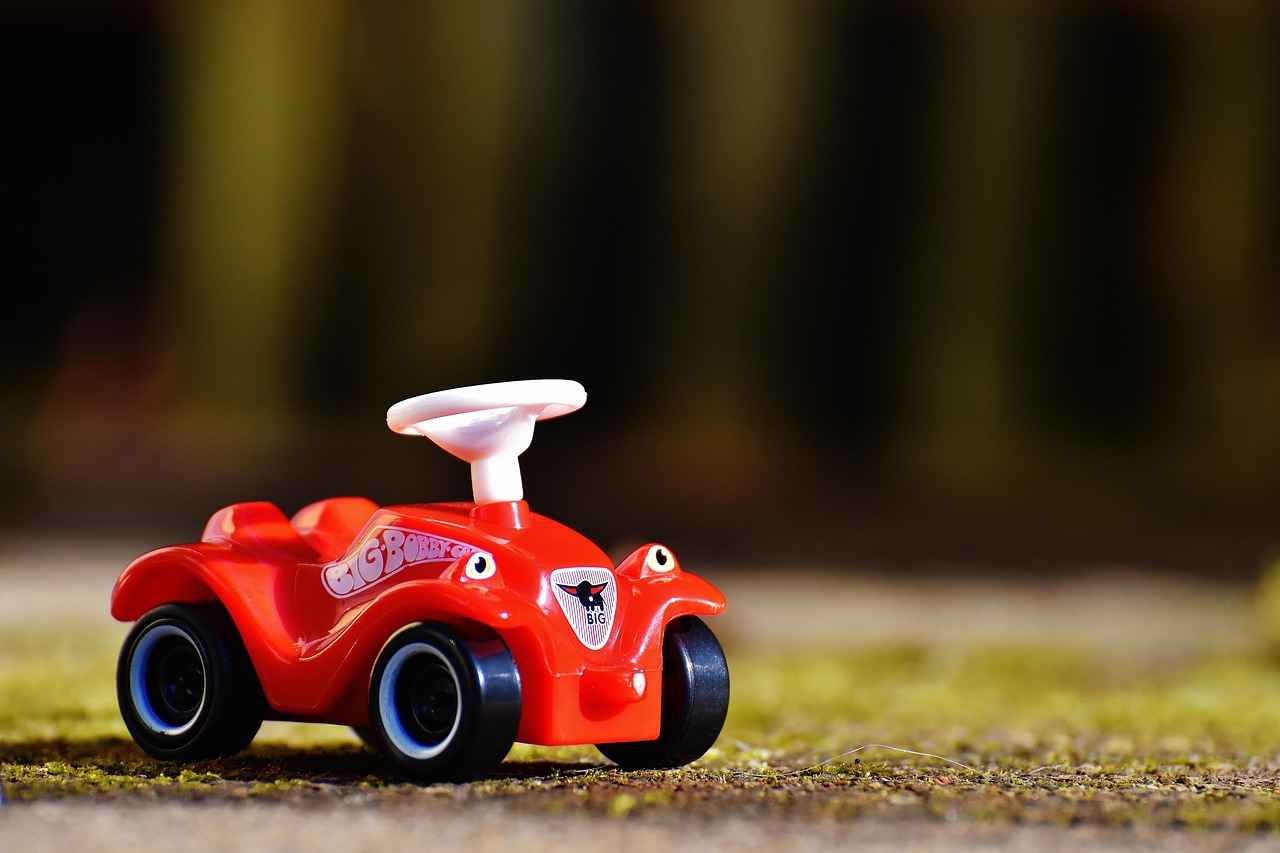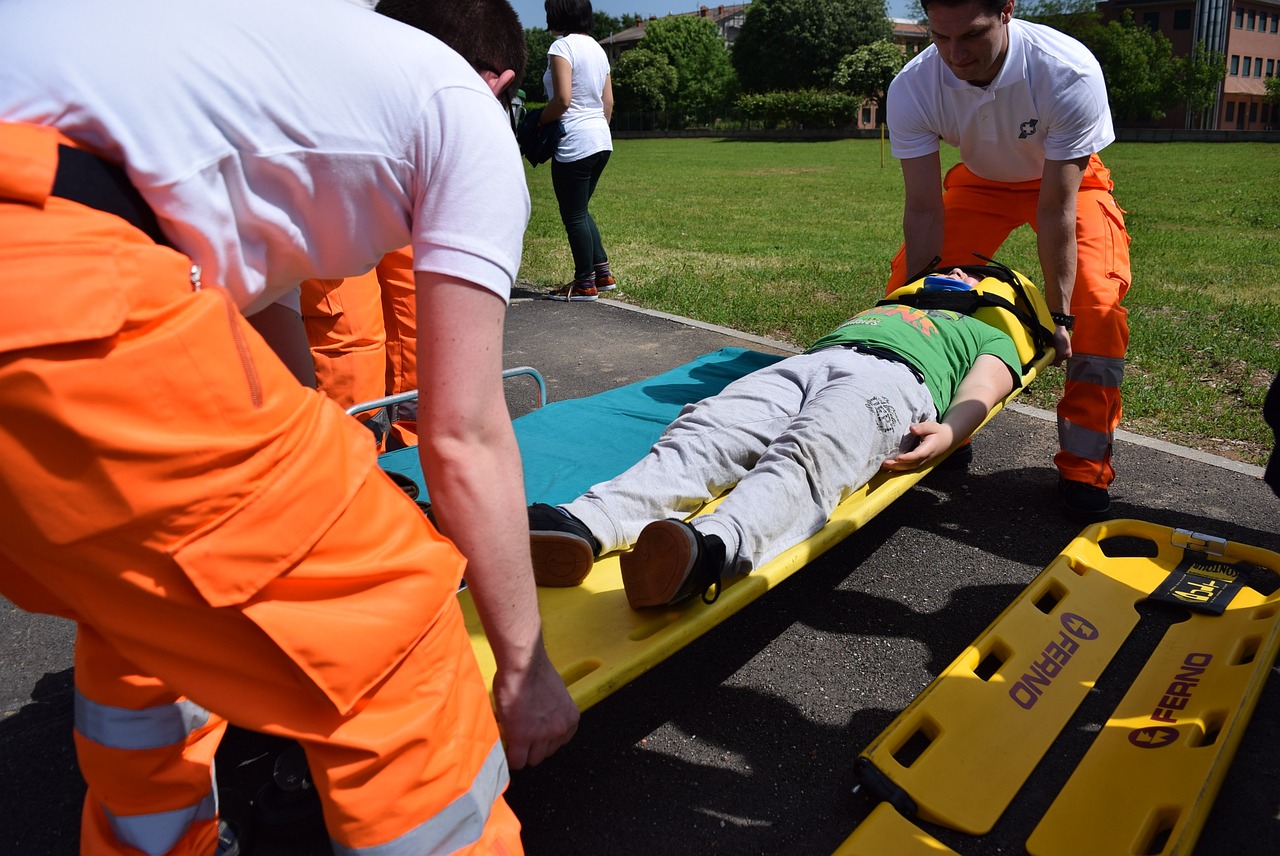This article explores how the popular children’s series Paw Patrol teaches responsibility and teamwork through engaging missions. We’ll examine key themes, character lessons, and how parents can utilize these episodes in real-life situations.
Understanding Paw Patrol’s Core Themes
Paw Patrol is more than just entertainment; it imparts vital lessons on responsibility, teamwork, and problem-solving. Each episode presents scenarios where characters must take charge and make decisions, fostering important life skills in young viewers.
The Role of Each Character in Teaching Lessons
Each Paw Patrol character embodies specific traits that contribute to teaching responsibility. From Chase’s leadership to Marshall’s bravery, understanding these roles can help children identify positive behaviors they can emulate in their own lives.
- Chase: The Leader and Protector – Chase, the German Shepherd police pup, exemplifies leadership and responsibility. His role in missions teaches children the importance of taking charge and ensuring the safety of others, reinforcing the idea of being a reliable friend.
- Marshall: The Brave Firefighter – Marshall’s character teaches children about courage and the importance of helping others in need. His frequent challenges highlight the significance of facing fears and stepping up during emergencies, a crucial part of being responsible.
- Skye: The Adventurous Aviator – Skye represents problem-solving and creativity. By showcasing her ability to think on her feet, children learn that responsibility also involves using one’s skills to navigate challenges and assist friends in tricky situations.
- Rubble: The Builder and Team Player – Rubble, the construction pup, emphasizes teamwork and collaboration. His missions often require working alongside others, illustrating how sharing responsibilities can lead to successful outcomes and the importance of valuing each team member’s contributions.
Real-Life Applications of Paw Patrol Lessons
Parents can leverage Paw Patrol episodes to teach children about responsibility in everyday situations. By discussing characters’ choices and actions, parents can encourage children to reflect on their behavior and responsibilities at home and school.
- Creating Responsibility Through Chores – Incorporating Paw Patrol themes into household chores can make tasks more engaging. By assigning children responsibilities similar to their favorite characters, they can learn the value of contributing to the family while having fun.
- Encouraging Teamwork in Group Activities – Using Paw Patrol as a reference, parents can encourage teamwork in group activities, such as sports or school projects. Emphasizing collaboration fosters a sense of responsibility towards peers and the shared goal.
Discussion Questions for Parents and Kids
Engaging children in discussions about the lessons from Paw Patrol can deepen their understanding of responsibility. Parents can ask questions about characters’ decisions and how they would handle similar situations, promoting critical thinking. Some discussion prompts include:
- What would you do if you were in Chase’s position?
- How can you show bravery like Marshall in your daily life?
- Can you think of a time when you had to work as a team, like Rubble?
The Lasting Impact of Paw Patrol
Paw Patrol’s missions offer valuable lessons on responsibility and teamwork that resonate with children. By integrating these themes into everyday life, parents can help nurture responsible behavior in their children, ensuring these lessons stick. The series not only entertains but also equips young viewers with essential skills that will serve them well into adulthood.
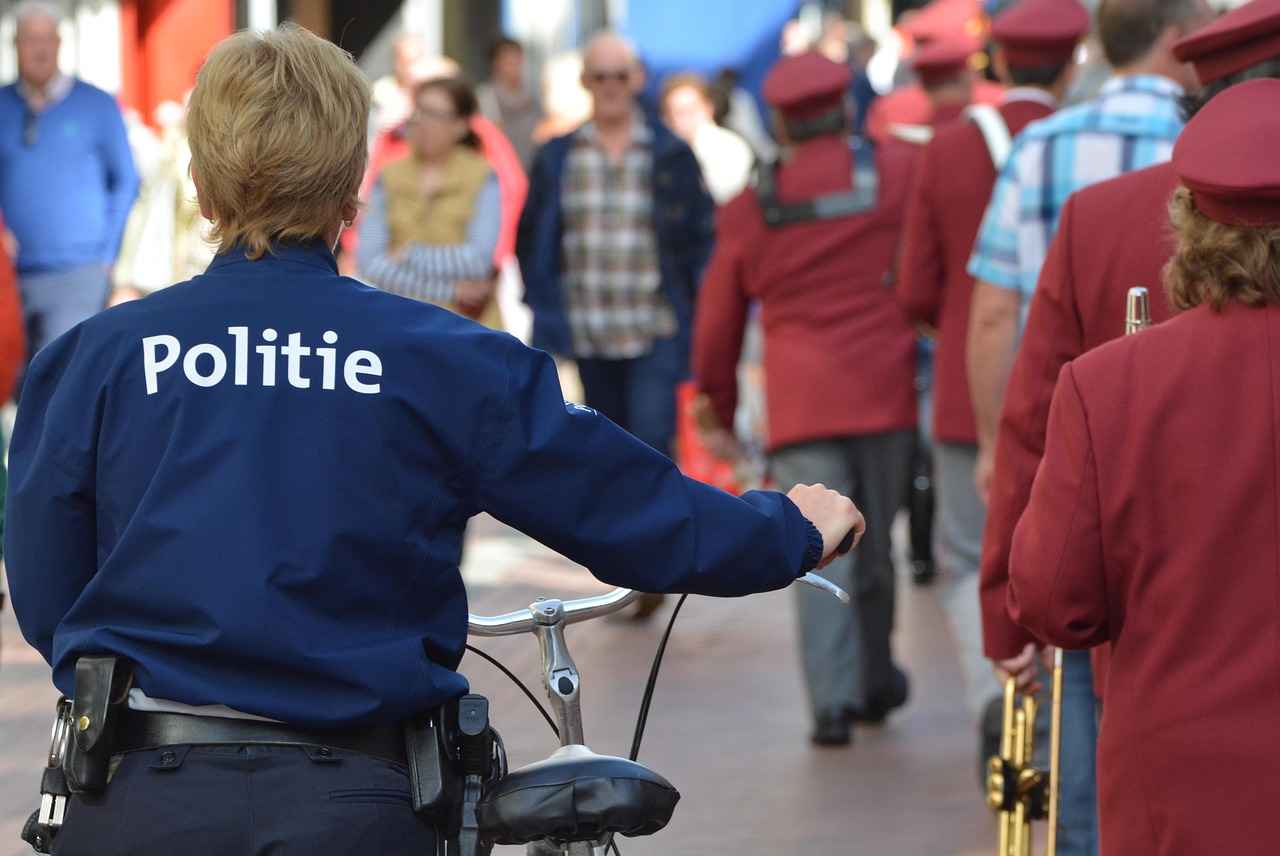
Understanding Paw Patrol’s Core Themes
Paw Patrol is a beloved children’s series that captivates young audiences while imparting essential life lessons. The show revolves around a group of animated puppies led by a boy named Ryder, who embark on exciting missions to protect their community. The core themes of responsibility, teamwork, and problem-solving are woven throughout each episode, making it not only entertaining but also educational.
Responsibility is a central theme in Paw Patrol. Each character is entrusted with specific roles that require them to make critical decisions and take action. For instance, when the town faces a crisis, the pups must quickly assess the situation and determine the best course of action. This teaches children that being responsible means being proactive and ready to help others in need.
Moreover, the series emphasizes the significance of teamwork. The pups often work together, combining their unique skills to solve problems. For example, when Skye uses her flying abilities to survey a situation from above, and Rubble employs his construction expertise to build a solution, children learn that collaboration leads to success. This fosters an understanding that working as a team can achieve greater results than working alone.
Another crucial aspect of Paw Patrol is problem-solving. Each episode presents challenges that require the pups to think critically and creatively. For instance, when they encounter a runaway vehicle, they must devise a plan to stop it safely. This not only entertains but also encourages young viewers to develop their problem-solving skills, teaching them to approach challenges with a positive attitude.
In addition to the lessons learned through the characters’ actions, parents can enhance these teachings by discussing the episodes with their children. Engaging in conversations about the decisions made by the pups can help children reflect on their own behaviors and responsibilities. For example, after watching an episode, parents can ask their children how they would handle a similar situation, encouraging them to think critically about their choices.
Furthermore, parents can reinforce these lessons in real-life situations. By assigning age-appropriate chores, children can experience responsibility firsthand. For instance, a child might be tasked with feeding a pet or helping to set the table for dinner. Relating these tasks to the missions of their favorite Paw Patrol characters makes them more engaging and meaningful.
In group settings, such as sports teams or school projects, parents can use Paw Patrol as a reference point to promote teamwork. By discussing how the pups work together to achieve their goals, children can learn the importance of valuing each team member’s contributions. This not only fosters a sense of responsibility towards their peers but also enhances their ability to collaborate effectively.
Ultimately, the lessons imparted by Paw Patrol extend beyond the screen. By understanding and applying the core themes of responsibility, teamwork, and problem-solving, children can develop essential skills that will benefit them throughout their lives. The show’s engaging format ensures that these lessons resonate with young viewers, making learning both fun and impactful.
In summary, Paw Patrol is more than just a source of entertainment; it serves as a valuable educational tool. By exploring its core themes, parents can help their children cultivate important life skills that will serve them well in the future. The show’s ability to blend fun with learning makes it a favorite among kids and parents alike.

The Role of Each Character in Teaching Lessons
Paw Patrol is a beloved children’s series that not only entertains but also imparts essential life lessons. Each character is crafted with unique traits that collectively teach children about responsibility, teamwork, and courage. Understanding these characters can help kids identify and emulate positive behaviors in their own lives.
Chase, the vigilant German Shepherd police pup, is a prime example of leadership and responsibility. His role often requires him to take charge during missions, demonstrating how important it is to step up and make decisions for the greater good. Children watching Chase learn that being a leader means being dependable and looking out for others, which fosters a sense of reliability in their own friendships.
Marshall, the enthusiastic firefighter, embodies bravery and the spirit of helping others. His frequent encounters with challenges teach children that facing fears is a vital part of being responsible. Whether he’s putting out fires or rescuing animals, Marshall shows that courage can manifest in many forms, encouraging kids to step out of their comfort zones and assist those in need.
Skye, the adventurous aviator, represents creativity and problem-solving. Her ability to think quickly and use her skills to navigate tricky situations highlights that responsibility also involves making smart choices. Children learn from Skye that being responsible means being resourceful and using one’s talents to help friends, which inspires them to think critically in their own lives.
Rubble, the construction pup, emphasizes the importance of teamwork. His missions often require collaboration with his fellow pups, showcasing how sharing responsibilities leads to successful outcomes. By observing Rubble, children can understand that working together as a team not only makes tasks easier but also strengthens bonds and fosters a sense of community.
Zuma, the water rescue pup, teaches kids about the significance of adaptability. His adventures in aquatic environments show that being responsible sometimes means adjusting to new situations and being ready to help when things don’t go as planned. This lesson encourages children to be flexible and open-minded in their approach to challenges.
Rocky, the recycling expert, instills values of sustainability and resourcefulness. His commitment to reusing materials demonstrates that responsibility extends beyond personal actions to include caring for the environment. Children learn from Rocky that being responsible includes making choices that positively impact the planet, inspiring them to think about their ecological footprint.
Through these diverse characters, Paw Patrol effectively illustrates various aspects of responsibility. Each pup embodies traits that resonate with children, allowing them to relate and learn valuable lessons. Parents can leverage these character traits to engage their children in discussions about responsibility, helping them reflect on their own behaviors and how they can contribute positively in their daily lives.
Incorporating the lessons from Paw Patrol into real-life situations can enhance children’s understanding of responsibility. For instance, parents can assign age-appropriate chores that align with their favorite characters. By framing tasks as missions, children may find them more enjoyable and feel a sense of accomplishment when they complete them.
Moreover, parents can encourage teamwork in group activities by referencing the collaborative efforts of the Paw Patrol team. Whether it’s in sports, school projects, or family events, highlighting the importance of shared responsibilities can foster a sense of accountability towards peers and the collective goal.
In conclusion, the characters in Paw Patrol serve as excellent role models for teaching responsibility. By understanding and discussing these characters, children can learn to embrace positive behaviors and apply these lessons in their everyday lives.
Chase: The Leader and Protector
Chase, the courageous German Shepherd police pup from the beloved series Paw Patrol, stands as a beacon of leadership and responsibility. His character serves not only as a source of entertainment for children but also as a vital tool for teaching them important life skills. Through various missions, Chase embodies the essence of taking charge and ensuring the safety of others, reinforcing the idea of being a reliable friend.
In the world of Paw Patrol, Chase is often seen leading his team into action. His ability to assess situations and make quick decisions highlights the importance of leadership skills in everyday life. Young viewers watch as he takes initiative, demonstrating that being a leader is not just about giving orders but also about being responsible for the well-being of others. This is a crucial lesson for children, as it teaches them that leadership comes with the duty to protect and support those around them.
Chase’s role extends beyond just leading missions; he also models how to handle challenges with confidence and integrity. For instance, in episodes where he faces obstacles, children learn that it’s okay to encounter difficulties and that the key is to remain calm and focused. This aspect of his character encourages kids to embrace challenges rather than shy away from them, fostering a growth mindset that is essential for personal development.
Moreover, Chase’s interactions with his fellow Paw Patrol members illustrate the importance of teamwork. He often collaborates with other pups, showing that a good leader values the contributions of his team. This collaboration teaches children that leadership is not a solitary endeavor; it requires listening to others, sharing responsibilities, and working together towards a common goal. By witnessing these dynamics, young viewers can understand that being a good friend means being dependable and supportive.
Chase’s character also emphasizes the significance of empathy. Throughout the series, he shows concern for others’ feelings and safety, which reinforces the idea that true leaders care about their community. This teaches children that responsibility extends beyond personal actions; it includes being aware of how their choices affect those around them. By instilling these values, Chase encourages kids to develop a sense of social responsibility that can last a lifetime.
In real-life applications, parents can use Chase’s adventures to spark discussions about leadership and responsibility at home. For instance, by asking children how they would respond in similar situations, parents can encourage critical thinking and self-reflection. This not only reinforces the lessons learned from the show but also allows children to apply these concepts to their daily lives.
Incorporating Chase’s leadership qualities into household responsibilities can also be beneficial. Parents can assign children specific tasks, encouraging them to take charge of completing them. This not only makes chores more engaging but also helps children feel a sense of accomplishment and pride in their work, mirroring Chase’s sense of duty in the series.
Ultimately, Chase serves as a powerful role model for young viewers. His blend of leadership, empathy, and teamwork provides a comprehensive framework for understanding responsibility. As children watch Chase tackle challenges and support his friends, they learn that being a leader is about more than just authority; it’s about being a reliable friend and a caring member of the community.
Marshall: The Brave Firefighter
Marshall, the lovable Dalmatian from Paw Patrol, stands out as a character who embodies bravery and the spirit of helping others. His adventures not only entertain but also impart crucial lessons about courage and the importance of stepping up in times of need. Through his character, children learn that facing fears is an essential part of being responsible.
In various episodes, Marshall encounters situations that require him to confront his own fears. Whether it’s tackling a fire or rescuing a friend in distress, his journey teaches young viewers that courage isn’t the absence of fear, but the determination to act despite it. This vital lesson encourages children to recognize their own potential to be brave when faced with challenges.
Marshall’s role as a firefighter is particularly significant in illustrating the importance of helping others. Each mission he undertakes showcases his commitment to saving those in peril, reinforcing the idea that responsibility goes beyond oneself. By witnessing Marshall’s selfless acts, children are inspired to think about how they can contribute positively to their communities. This fosters a sense of social responsibility that is invaluable as they grow.
Moreover, Marshall’s interactions with his fellow Paw Patrol members highlight the importance of teamwork in overcoming obstacles. His character often collaborates with others, demonstrating that working together can lead to successful outcomes. This aspect of his personality teaches children that helping others is not just about individual bravery but also about being part of a team. It encourages them to support their peers and understand that shared responsibilities can lighten the load for everyone involved.
Additionally, Marshall’s frequent mishaps and humorous moments serve as a reminder that making mistakes is a part of learning. Children see that even the bravest heroes can falter, but what truly matters is how one responds to those situations. This resilience is a key takeaway for young viewers, instilling the belief that they can overcome their own challenges by learning from their experiences.
As parents, it’s essential to discuss Marshall’s adventures with children. By asking questions about his choices and the outcomes of his actions, parents can encourage their kids to reflect on their own behaviors. This dialogue can lead to meaningful conversations about responsibility and courage, helping children internalize these lessons in a relatable context.
Incorporating Marshall’s lessons into daily life can also be beneficial. For instance, parents can assign age-appropriate tasks at home, likening them to Marshall’s missions. This not only makes chores more engaging but also teaches children the value of contributing to the family, much like Marshall contributes to the Paw Patrol team.
Furthermore, participating in group activities, such as team sports or community service, can be framed as real-life missions similar to those faced by Marshall. Encouraging children to take on roles within these activities fosters a sense of teamwork and responsibility toward their peers, mirroring the lessons learned from their favorite firefighter.
In conclusion, Marshall’s character serves as an excellent model for teaching children about courage and the importance of helping others. By engaging with his stories, parents can effectively instill values of bravery and responsibility in their children, ensuring that the lessons from Paw Patrol resonate well beyond the screen.
Skye: The Adventurous Aviator
In the vibrant world of Paw Patrol, Skye stands out as the adventurous aviator who embodies the essence of problem-solving and creativity. Her character not only entertains but also serves as a vital role model for children, teaching them essential life skills that are crucial for navigating the challenges they may face in their own lives.
Skye’s unique ability to think on her feet showcases the importance of quick decision-making in challenging situations. Throughout various missions, she demonstrates how to assess circumstances rapidly and devise effective solutions. This not only reinforces the idea of responsibility but also emphasizes that being responsible often involves using one’s skills and creativity to help others. Children watching Skye in action learn that they, too, can be resourceful when faced with obstacles.
Moreover, Skye’s interactions with her fellow Paw Patrol members highlight the significance of teamwork and collaboration. In many episodes, she partners with other characters, illustrating how combining different skills can lead to successful outcomes. For instance, when faced with a rescue mission, Skye often takes to the skies, providing aerial support while coordinating with her teammates on the ground. This teamwork not only resolves the immediate problem but also teaches children the value of working together to achieve a common goal.
Children are encouraged to emulate Skye’s positive attitude and enthusiasm for helping others. Her character consistently approaches challenges with a smile, reinforcing the idea that a positive mindset can make a significant difference in overcoming difficulties. This aspect of her personality is crucial as it teaches children that responsibility is not just about completing tasks; it’s also about the attitude one brings to those tasks.
In addition to her problem-solving skills, Skye’s character is a wonderful example of how to face fears. As an aviator, she often confronts situations that could be intimidating, such as flying through storms or navigating tricky terrains. By watching Skye tackle these fears head-on, children learn that being responsible also means stepping out of their comfort zones and facing challenges with courage.
Parents can utilize Skye’s adventures to engage their children in discussions about responsibility and creativity. For example, after watching an episode featuring Skye, parents can ask their children how they would handle a similar situation. This encourages critical thinking and helps children reflect on their own abilities to solve problems and assist friends.
Furthermore, incorporating Skye’s lessons into everyday life can be beneficial. Parents can create scenarios at home where children can practice being responsible, such as planning a small event or helping with household chores. By associating these tasks with Skye’s adventurous spirit, children may find them more enjoyable and engaging.
In summary, Skye the Aviator is more than just a character in Paw Patrol; she is a beacon of creativity, courage, and problem-solving. Through her adventures, children learn valuable lessons about responsibility, teamwork, and the importance of a positive attitude. By drawing parallels between Skye’s missions and real-life situations, parents can effectively teach their children how to navigate challenges, fostering a sense of responsibility that will serve them well into the future.
Rubble: The Builder and Team Player
Rubble, the lovable construction pup from the beloved series Paw Patrol, serves as a prime example of the importance of teamwork and collaboration. His character is not just about building structures; he embodies the essence of working together to achieve common goals. In many episodes, Rubble’s missions require him to join forces with his fellow pups, showcasing how sharing responsibilities can lead to successful outcomes.
Rubble’s adventures often highlight the significance of valuing each team member’s contributions. For instance, during a mission to construct a playground, Rubble collaborates with Skye, Chase, and Marshall. Each character brings unique skills to the table, demonstrating that when individuals come together, they can accomplish tasks that would be impossible alone. This not only reinforces the idea of teamwork but also emphasizes the importance of recognizing and appreciating the diverse talents of others.
In one particular episode, Rubble faces a challenge where the team must rescue a kitten stuck in a tree. Instead of taking on the task himself, Rubble quickly assesses the situation and delegates tasks to his teammates. Chase uses his agility to climb the tree, while Skye provides aerial support. This scenario teaches young viewers that effective teamwork involves communication and trust in one another’s abilities.
Moreover, Rubble’s interactions with his friends illustrate the value of supporting one another. He often encourages his teammates, reminding them that their contributions are vital to the mission’s success. This supportive behavior fosters a sense of belonging and boosts the confidence of each character, which is a crucial lesson for children learning about collaboration.
Through Rubble’s character, children can learn that teamwork is not just about working together; it’s also about understanding the dynamics of group efforts. This includes listening to others, sharing ideas, and sometimes stepping back to let someone else shine. In a world where many tasks require teamwork—whether in sports, school projects, or family activities—Rubble serves as an excellent role model for young viewers.
Parents can use Rubble’s adventures as a springboard for discussions about collaboration in real life. By asking children how they can apply Rubble’s lessons at home or in school, parents can encourage them to think critically about their roles in group settings. This could involve sharing responsibilities during household chores or working together on school assignments, reinforcing the idea that everyone has something valuable to contribute.
In addition, Rubble’s character can help parents illustrate the importance of problem-solving within a team context. When faced with obstacles, Rubble often encourages his friends to brainstorm solutions together. This collaborative approach not only leads to effective problem-solving but also teaches children that asking for help is a strength, not a weakness.
Ultimately, Rubble’s emphasis on teamwork and collaboration serves as a vital lesson for children. By showcasing how sharing responsibilities can lead to successful outcomes, he teaches young viewers the importance of valuing each team member’s contributions. This lesson extends beyond the screen, encouraging children to embrace teamwork in their daily lives and appreciate the unique skills that everyone brings to the table.
In conclusion, Rubble, the builder and team player, is a character who embodies the spirit of collaboration. His adventures provide valuable insights into the dynamics of teamwork, encouraging children to work together, support one another, and recognize the importance of each individual’s contributions. By learning from Rubble, kids can develop essential life skills that will serve them well in all areas of their lives.

Real-Life Applications of Paw Patrol Lessons
Paw Patrol has become a beloved series among children, not just for its entertaining stories but also for the valuable life lessons it imparts. One of the most significant lessons is the concept of responsibility. In this section, we will explore how parents can effectively apply the lessons from Paw Patrol to real-life situations, particularly in teaching children about responsibility.
Parents can utilize Paw Patrol episodes as a foundation to teach children about responsibility in their daily lives. By connecting the adventures of the characters to household tasks, parents can create a fun and engaging environment for learning.
- Chores and Responsibilities: Assigning children tasks that mirror the characters’ missions can make chores more relatable. For example, if a child admires Chase, the police pup, they can take on the responsibility of keeping their room organized, just like Chase keeps Adventure Bay safe.
- Pet Care: If a child is fond of Marshall, they can be entrusted with caring for a family pet. This responsibility teaches them about compassion and the importance of looking after others, similar to how Marshall cares for his friends.
- School Projects: When working on group assignments, parents can encourage children to channel the teamwork seen in Paw Patrol. By discussing how characters collaborate to solve problems, children can learn the value of teamwork and shared responsibility.
Paw Patrol episodes often present challenges that require creative solutions. Parents can use these scenarios to engage children in discussions about problem-solving. For instance:
- Ask questions like, "What would Skye do if she faced a tough situation?"- Encourage children to come up with their own solutions to problems they encounter at home or school.
By doing this, children learn that being responsible also means thinking critically and finding ways to overcome obstacles.
Role-playing can be an effective method for children to understand responsibility. Parents can set up scenarios where children take on the roles of their favorite Paw Patrol characters. This can be done through:
- Dress-Up Games: Children can dress up as their favorite characters and act out missions, which helps them understand the importance of taking responsibility for their actions.
- Storytelling: Encourage children to create their own Paw Patrol stories where they must solve a problem. This not only fosters creativity but also reinforces the idea of accountability for their decisions.
After watching an episode, parents can initiate conversations about the characters’ choices and the consequences of those choices. Questions such as:
- “What did you think about how Rubble worked with his team?”
- “How did Skye solve the problem in that episode?”
These discussions can help children reflect on their own behavior and responsibilities, encouraging them to think about how they can apply similar lessons in their lives.
Paw Patrol teaches children that being responsible extends beyond personal tasks to include community involvement. Parents can encourage this by:
- Community Service: Engaging in local community service projects can help children understand the importance of contributing to society, much like the Paw Patrol team helps Adventure Bay.
- Environmental Responsibility: Discussing episodes that involve caring for the environment can lead to actions like recycling or planting trees, instilling a sense of responsibility for the world around them.
By leveraging the lessons from Paw Patrol, parents can help their children develop a strong sense of responsibility that will serve them well throughout their lives.
Creating Responsibility Through Chores
Incorporating themes from Paw Patrol into household chores can transform mundane tasks into exciting adventures for children. By aligning chores with the missions of their favorite characters, children not only engage more fully but also develop a sense of responsibility and teamwork. This approach helps children understand the importance of contributing to the family while enjoying the process.
One effective way to implement this strategy is by creating a chore chart that mirrors the roles of Paw Patrol characters. For instance, parents can assign specific tasks that relate to each character’s unique skills and missions. Here’s how different characters can inspire various household responsibilities:
- Chase: As the leader of the team, children can take on roles that require organization, such as managing the family calendar or keeping track of chores. This not only helps them feel important but also teaches them about planning and responsibility.
- Marshall: Known for his firefighting skills, Marshall can inspire children to tackle cleaning tasks. For example, they can be in charge of cleaning up after meals or organizing their play area, reinforcing the idea that helping out is heroic.
- Skye: With her adventurous spirit, Skye can motivate children to handle outdoor chores, like watering plants or helping with yard work. This fosters a love for nature and teaches them about the importance of caring for their environment.
- Rubble: As a construction pup, Rubble can inspire children to assist with building or organizing tasks, such as assembling toys or helping with home projects. This encourages teamwork and collaboration as they work alongside family members.
In addition to assigning chores based on character themes, parents can also use Paw Patrol episodes as discussion starters. After watching an episode, families can talk about the character’s responsibilities and how they relate to real-life situations. Questions like, “How did Chase lead his team?” or “What did Marshall do to help?” can prompt children to think critically about their own actions and responsibilities.
Moreover, parents can create a reward system to reinforce positive behavior. For example, children can earn “Paw Patrol badges” for completing their chores, which they can display on a chart or bulletin board. This visual representation of their accomplishments not only provides motivation but also instills a sense of pride in their contributions.
It’s important to remember that the goal is not just to get chores done but to foster a sense of responsibility and teamwork among children. By making chores fun and relatable to their favorite Paw Patrol characters, parents can help children develop essential life skills that will benefit them in the long run.
In conclusion, integrating Paw Patrol themes into household chores creates an engaging environment for children to learn responsibility. By assigning tasks based on character traits and encouraging discussions about teamwork and contribution, parents can cultivate a sense of duty and pride in their children. This approach not only makes chores enjoyable but also lays the foundation for responsible behavior that will last a lifetime.
Encouraging Teamwork in Group Activities
In today’s fast-paced world, fostering teamwork in children is more important than ever. Using the beloved characters from Paw Patrol as a reference, parents can effectively encourage their children to engage in collaborative activities such as sports teams, school projects, and community events. This not only helps children develop social skills but also instills a sense of responsibility towards their peers and the collective objectives they share.
One of the most significant lessons from Paw Patrol is the value of working together. Each episode showcases how the team of pups must rely on one another’s unique abilities to solve problems. For instance, when the team faces a challenge, they often hold a discussion to strategize, demonstrating the importance of communication and collaboration. Parents can use these examples to highlight how sharing ideas and responsibilities can lead to successful outcomes in real-life situations.
To further encourage teamwork, parents can create opportunities for children to participate in group activities that require collaboration. Here are some practical ways to do this:
- Sports Teams: Enrolling children in team sports not only promotes physical fitness but also teaches them how to work together towards a common goal. Emphasize the importance of supporting teammates and celebrating each other’s successes, just like the Paw Patrol pups do.
- School Projects: Encourage children to take part in group assignments at school. Discuss how they can delegate tasks based on each member’s strengths, mirroring the way the Paw Patrol pups assign roles during their missions.
- Community Service: Involve children in community service projects. Working together to help others can foster a strong sense of teamwork and responsibility. This could be as simple as organizing a neighborhood clean-up or participating in a charity event.
Moreover, parents can use discussions about Paw Patrol episodes to reinforce these lessons. After watching an episode, ask questions like:
- How did the pups work together to solve the problem?
- What role did each character play, and how did it contribute to the team’s success?
- Can you think of a time when you had to work with others? What did you learn from that experience?
By engaging in these conversations, parents can help children reflect on their own experiences and understand the importance of teamwork. This not only solidifies the lessons learned from Paw Patrol but also encourages children to apply these principles in their daily lives.
In conclusion, using Paw Patrol as a reference point provides a fun and relatable way for parents to teach their children about teamwork. By creating opportunities for collaboration and engaging in meaningful discussions, parents can help nurture a sense of responsibility and camaraderie among their children, preparing them for future group dynamics in various aspects of life.

Discussion Questions for Parents and Kids
Engaging children in discussions about the lessons from Paw Patrol can significantly deepen their understanding of responsibility. By asking thoughtful questions, parents can facilitate critical thinking and self-reflection in their children. This interaction not only enhances comprehension of the show’s themes but also encourages children to apply these lessons in real-life situations.
Here are some effective discussion questions that parents can use:
- What would you do if you were in Chase’s position during a mission?
This question allows children to consider leadership and decision-making. It encourages them to think about the importance of being a leader and how to handle challenging situations.
- How do you think Marshall feels when he helps others?
By exploring Marshall’s bravery, children can discuss the emotions tied to helping others, fostering empathy and understanding of courage.
- Can you think of a time when you had to be brave like Marshall?
This question promotes personal reflection and helps children relate their experiences to the character’s challenges, reinforcing the lesson of facing fears.
- What skills do you think Skye uses to solve problems?
This encourages children to identify problem-solving skills and creativity, illustrating how these traits are essential in both the show and real life.
- Why is teamwork important in Rubble’s missions?
Discussing teamwork helps children understand the value of collaboration and how working together can lead to success.
- How do the Paw Patrol pups support each other during missions?
This question emphasizes the importance of support and friendship, reinforcing the idea that being responsible also means being there for others.
Incorporating these questions into daily conversations can help children articulate their thoughts and feelings about responsibility. Parents can further enhance these discussions by relating the lessons to everyday situations, such as:
- Household Responsibilities: Discuss how each family member contributes to the household, similar to how the Paw Patrol pups work together.
- School Projects: Encourage children to think about how they can apply teamwork in school activities, drawing parallels to the missions they see on the show.
- Friendship Dynamics: Engage in conversations about how they can be supportive friends, similar to how the pups assist one another.
Additionally, parents can create activities that mirror the challenges faced by the Paw Patrol characters. For example, setting up a scavenger hunt where children must work together to solve clues can reinforce the lessons of teamwork and responsibility. This hands-on approach not only makes learning fun but also solidifies the values portrayed in the show.
In conclusion, discussing Paw Patrol’s lessons with children opens up a dialogue about responsibility, teamwork, and empathy. By asking engaging questions and relating them to real-life scenarios, parents can cultivate a deeper understanding and appreciation for these essential values in their children’s lives.

Conclusion: The Lasting Impact of Paw Patrol
Paw Patrol has captured the hearts of children around the world, not just with its engaging stories but also with the essential life lessons embedded within each episode. This beloved series goes beyond mere entertainment; it serves as a vital educational tool that teaches responsibility and teamwork through the adventures of its charming characters. As parents, understanding how these themes are woven into the fabric of the show can help reinforce these values in everyday life.
The core themes of Paw Patrol revolve around leadership, bravery, and collaboration. Each mission presents unique challenges that require the pups to work together, showcasing the importance of supporting one another. This not only entertains children but also instills a sense of responsibility, as they learn that their actions can impact their friends and community.
Each character in Paw Patrol plays a crucial role in teaching children about responsibility. For instance, Chase, the police pup, embodies leadership. His ability to take charge during missions demonstrates to children the significance of being dependable and making decisions that benefit others.
- Marshall: As the courageous firefighter, he teaches the value of facing fears and helping those in need.
- Skye: The adventurous aviator encourages problem-solving and creativity, showing that responsibility often involves thinking critically in challenging situations.
- Rubble: The construction pup emphasizes teamwork, illustrating how sharing responsibilities can lead to successful outcomes.
Parents can utilize the lessons from Paw Patrol in various real-life situations to reinforce the importance of responsibility. One effective method is through household chores. By assigning children tasks that mirror the responsibilities of their favorite characters, parents can make chores more engaging and fun.
For example, children can take on roles similar to their favorite pups. A child who admires Marshall might enjoy helping with fire safety drills at home, while a fan of Rubble could assist with building or fixing things around the house. This approach not only teaches responsibility but also fosters a sense of pride in contributing to the family.
In addition to chores, parents can encourage teamwork in group activities, such as sports or school projects. By referencing Paw Patrol, parents can highlight the importance of collaboration and working towards common goals. This not only builds teamwork skills but also instills a sense of responsibility towards peers.
Engaging children in discussions about the lessons from Paw Patrol can deepen their understanding of responsibility. Parents can pose questions such as:
- What would you do if you were in Chase’s position during a mission?
- How can you help a friend in need like Marshall?
- What creative solutions can you think of to solve a problem like Skye?
Such discussions promote critical thinking and allow children to reflect on their actions and decisions.
In conclusion, Paw Patrol serves as a powerful tool for teaching children about responsibility and teamwork. By integrating these valuable lessons into everyday life, parents can nurture responsible behavior in their children, ensuring that the messages of the show resonate beyond the screen. The adventures of the Paw Patrol pups not only entertain but also equip young viewers with essential life skills that will serve them well into adulthood.
Frequently Asked Questions
- What are the main lessons taught in Paw Patrol?
Paw Patrol teaches important lessons on responsibility, teamwork, and problem-solving. Each episode showcases characters facing challenges, encouraging young viewers to learn how to take charge and work together.
- How can parents use Paw Patrol to teach their kids about responsibility?
Parents can discuss the characters’ choices and actions during episodes, prompting children to reflect on their behavior. Incorporating Paw Patrol themes into daily chores can also make learning about responsibility fun and engaging.
- Which character in Paw Patrol embodies leadership?
Chase, the police pup, is a prime example of leadership. His role in missions emphasizes the importance of being a reliable friend and protector, teaching children how to take charge in various situations.
- Can Paw Patrol help kids understand teamwork?
Absolutely! Characters like Rubble demonstrate the value of collaboration. By watching how the Paw Patrol team works together, children can learn to appreciate teamwork in their own activities, whether in sports or school projects.
- What age group is Paw Patrol suitable for?
Paw Patrol is primarily aimed at preschoolers and early elementary school children, typically ages 2 to 6. Its engaging stories and relatable characters make it ideal for this age group, helping them grasp essential life skills.





